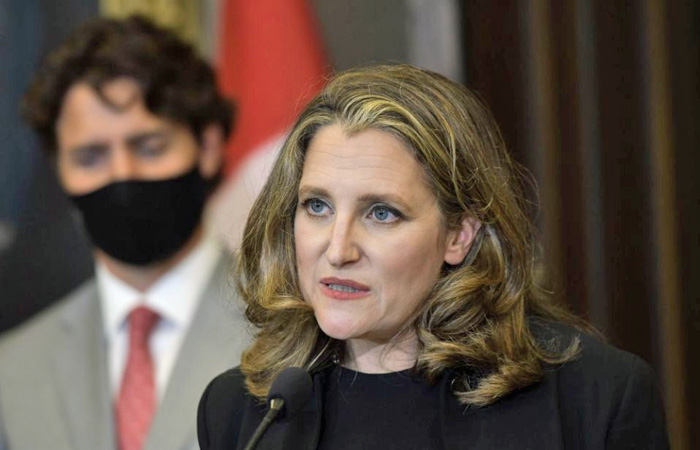Rethinking Lifestyle
A Guaranteed Basic Income Supports Our Priorities

In a recent conversation a farmer friend quipped that with the equipment he now has, he can get as much work done before breakfast, as his father, who had also been a farmer, could do in a week. This reminded me of a tour I had had of the Barkman Concrete plant here is Steinbach not long ago. We saw how at times only four employees are required to operate the plant. This is the result of automation and robotization.
So I asked myself, what are these workers now doing – the workers that are no longer needed to produce the food or the concrete products. Some of them, to be sure, are manufacturing tractors and cement handling equipment, but not all of them.
In another recent conversation I was talking to a teacher. This teacher was involved in distance education due to the pandemic, and was bemoaning the efficacy of Zoom teaching. In her opinion, to be equally effective, the Zoom class could not be as big as the earlier in-person classes had been. In other words, to be equally effective in teaching, more teachers were needed.
And then I listen to the news. And it’s all about COVID-19, and a significant portion of that news is devoted to how the COVID-19 shut downs are affecting a segment of our society – notably food services and retail.
So here’s the rub: if our farmers don’t produce enough food, we’ll notice it. If the concrete industry does not produce enough of certain products, we’ll notice it. These shortages will become obvious. But this is not the case with the restaurant industry, the tourist industry or the travel industry. Even in non-pandemic times, what determines whether we have the appropriate number of restaurants or aircraft.
Sure, the market does, but does the market take us to the optimum place? Assume we needed thirty restaurants in Steinbach based on pre-COVID demand. Then along came COVID, and the demand for restaurant services went way down. So the market tells us how many we WANT at any time, but not how many we NEED. Who knows how many we NEED?
A Guaranteed Basic Income (GBI) would function basically the way the Canada Emergency Response Benefit (CERB) has functioned. CERB gives support to Canadians whose income dried up because of COVID-10; a GBI would give support to Canadians whose income has dried up for whatever reason.
The reason a GBI would help the market place in the optimization of goods and services is that people interested in exploring new ventures, such as career changes, would not need to venture in fear of losing their basic income. Their basic income would be guaranteed. Only if their income would rise above the basic, would they, progressively, loose that government support.
The fear frequently expressed is that there would be those who would become dependent on this payment. To be sure some would become dependent, just as some currently some are dependent on welfare system. The degree to which this would be a problem would depend, significantly, on how large the basic guaranty is. How large this ought to be requires research. Such research was being done in the Dauphin experiment here in Manitoba, and in Ontario’s Basic Income Pilot in 2017 and 2018.




